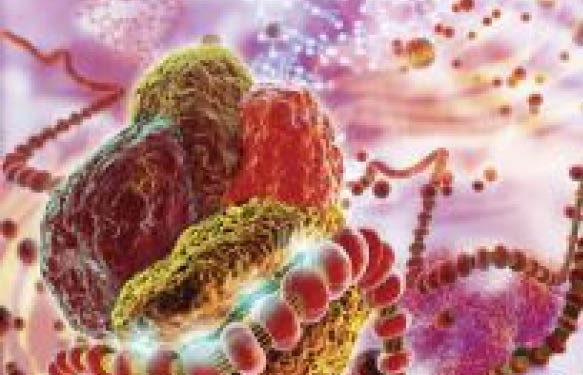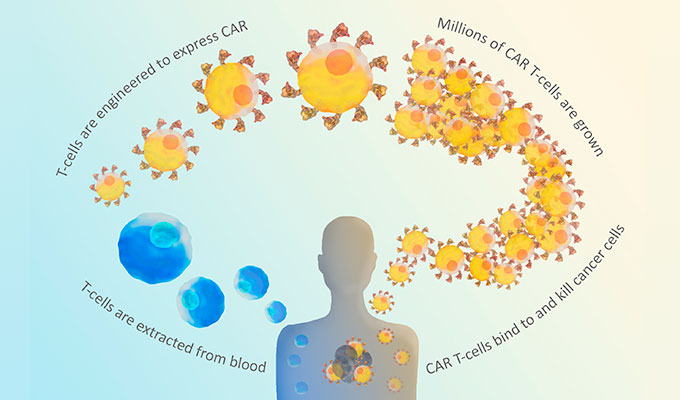mRNA Reprogramming
In 2010, a method for integration-free reprogramming by transfecting modified mRNA reprogramming factors was published (1, 2). The use of mRNA to induce reprogramming of somatic cells overcomes the inherent problems incurred by introducing viral vectors and/or integrating DNA to target cells. mRNA reprogramming factors are titratable and controllable with regards to the ratios, concentrations, and timing of factor expression. The mRNA reprogramming system also poses none of the biosafety risks surrounding viral and DNA-based systems.
Feeder Cells
 Feeder cells provide a important support matrix for maintaining undifferentiated pluripotent ES/iPS cells cultures through the release of nutrients and other complex molecules into the culture medium.
Feeder cells provide a important support matrix for maintaining undifferentiated pluripotent ES/iPS cells cultures through the release of nutrients and other complex molecules into the culture medium.
During cellular reprogramming, the feeder layer can greatly affect the health of the cell culture and the success of the reprogramming. While a range of mitotically inactivated fibroblasts can be used as a support layer for pluripotent stem cell culture, not all will support mRNA reprogramming.
Newborn Human Foreskin Fibroblasts
Reprogramming-Qualified NuFF (NuFF-RQ™) are highly recommended for use as feeder cells during mRNA based induced pluripotent stem cell (iPS) reprogramming. Cells have been functionally pre-validated and pre-qualified for optimal feeder layer support during the generation of iPSC colonies using mRNA Reprogramming (including approaches based on the Stemgent® mRNA Reprogramming Kit).
Key Features & Benefits
- Pre-Validated for mRNA-based Cellular Reprogramming
- Pre-Inactivated (Irradiated) and Ready-to-Use™
- High Quality, Lot-to-Low Consistency, Low Passage Number
Reprogramming Validation
NuFF-RQ™ are tested for viability, attachment, and mitotic arrest (lack of expansion) during mRNA reprogramming. These cells have been confirmed to remain healthy and viable, providing quality layer support during repeat transfections of target cells during the mRNA reprogramming process.
Meticulous Quality Control
Work with confidence. Comprehensive testing of each lot minimizes contamination risks to your lab. Our human fibroblasts are derived and comprehensively tested on human ES cells to ensure robust and consistent performance with every lot. In addition they are:
- Negative for bacterial/fungal contamination
- Negative for Mycoplasma – PCR assay
- Negative for human pathogens
- Post thaw viability: typically greater than 95%
- Recommended Plating
1. Yakubov, E., Rechavi, G., Rozenblatt, S., and Givol, D. (2010) Reprogramming of human fibroblasts to pluripotent stem cells using mRNA of four transcription factors. Biochem Biophys Res Commun. 394: 189-193.
2. Warren, L., Manos, P.D., Ahfeldt, T., Loh, Y.H., Li, H., Lau, F., Ebina, W., Mandal, P.K., Smith, Z.D., Meissner, A., Daley, D.Q., Brack, A.S., Collins, J.J., Cowan, C., Schlaeger, T.M., and Rossi, D.J. (2010) Highly efficient reprogramming to pluripotency and directed differentiation of human cells with synthetic modified mRNA. Cell Stem Cell, 7: 618-630.




